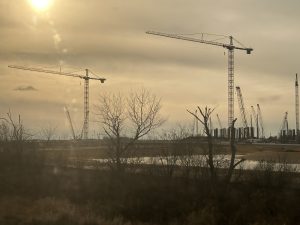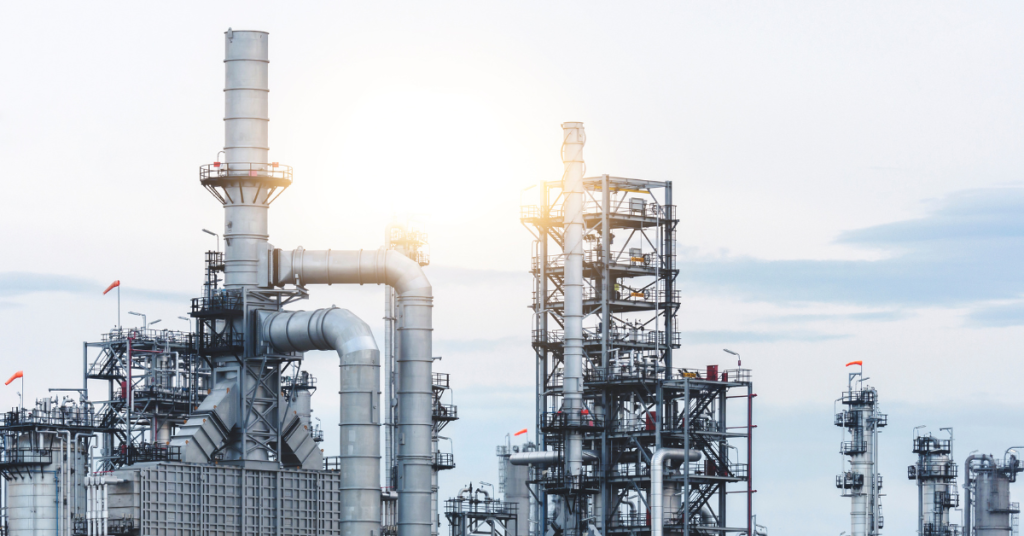Whether knowingly or not, you’ve probably already encountered some form of artificial intelligence. Google’s search results autoload AI-powered summaries; Microsoft has integrated AI-powered features into its business software offerings; uncanny AI-generated images have proliferated across every social media platform.
Lee Zeldin, the Trump administration’s recently appointed head of the Environmental Protection Agency, has even said he wants to “make America the AI capital of the world.”
You might find it odd for the head of the EPA to be focused on AI, but the wall-to-wall computers that make the technology work require massive amounts of energy. This growing energy demand could be a real catalyst for a transition to clean energy, but Wisconsin’s utilities are instead pushing for new dirty energy plants to power planned data centers. And that decision couldn’t come at a worse time for our environment.
Last year was the warmest in recorded history, and disasters like the recent wildfires in Los Angeles have only become more common and devastating, exacerbated by conditions made worse through climate change.
Most uses of AI, from individual requests made by everyday users to the massive computing needed to train the AI models, rely on large data centers to handle the huge number of computations needed to deliver results. And data centers use a lot of energy.

“Into this critical, urgent moment in human history walks AI,” Clean Wisconsin Communications Director Amy Barilleaux said during a recent discussion on the energy impacts of AI hosted by the Wisconsin Energy Institute. “Or I should say, ‘runs,’ because as we’re seeing, it’s happening really, really fast.”
According to a recent report from Berkeley Labs’ Energy Analysis & Environmental Impacts Division, data center energy use as a percentage of total nationwide energy use is already growing fast. In 2018, data centers represented roughly 2% of all energy use in the U.S. As of 2023, and coinciding with the recent AI boom, that number had more than doubled to 4.4%. Predictions from the same study place energy use estimates anywhere from 6.7-12% by 2028.
We’ve already seen utilities in Wisconsin use increased energy demand from data centers as justification for building new fossil fuel infrastructure. We Energies has proposed a $1.5 billion methane gas buildout citing Microsoft’s plans for a massive $3.3 billion data center in Mount Pleasant as proof of a need for more dirty energy. According to the Milwaukee Journal Sentinel, that project alone will use enough energy to power 300,000 Wisconsin homes — more than all that exist in Dane County.
And while specific details haven’t been shared publicly, Alliant Energy has also mentioned it signed deals with data centers. Those deals come as the utility is doubling down on dirty fossil fuels by delaying the closure of its Columbia County Coal Plant and planning to convert its Sheboygan coal plant to gas rather than shutting it down.
“We should demand that any entity that comes into our state bring benefits and does not harm our communities, does not derail our progress toward clean energy. We have to demand that,” Barrilleaux said. “What we’re seeing is we don’t have time to make these demands. We are finding out about AI data centers after the deals are already done.”
The environmental impacts of data centers stretch beyond the additional energy demand and air pollution caused by dirty energy plants. Water is the main resource used to keep all the computers in a data center cool enough to keep running, and more often than not, tech companies use clean, potable water.
Recent estimates suggest that ChatGPT alone uses 17 ounces (roughly a large bottle’s worth) of water for every 5-50 prompts. As companies continue to push these new products to consumers and corporations alike, water needs will continue to rise, bringing up new concerns about where it’s sourced. Those concerns come with a new batch of questions: Is the water from Lake Michigan and the rest of the Great Lakes at risk? Will regions like Wisconsin’s Central Sands, which has already faced groundwater shortages, face more challenges? Will residents of municipalities near huge data centers face water shortages when corporations say they need cooling power on increasingly hot summer days?
As of now, it’s impossible to know exactly how severely the energy and water implications of the AI boom will damage our environment. But one thing is certain: these projects are coming at a time when we should be looking for ways to decrease our energy use and wean ourselves off of fossil fuels, not expand their use exponentially.
“These impacts will last for decades,” Barrilleaux said. “That’s what we’re looking at here in Wisconsin.”

